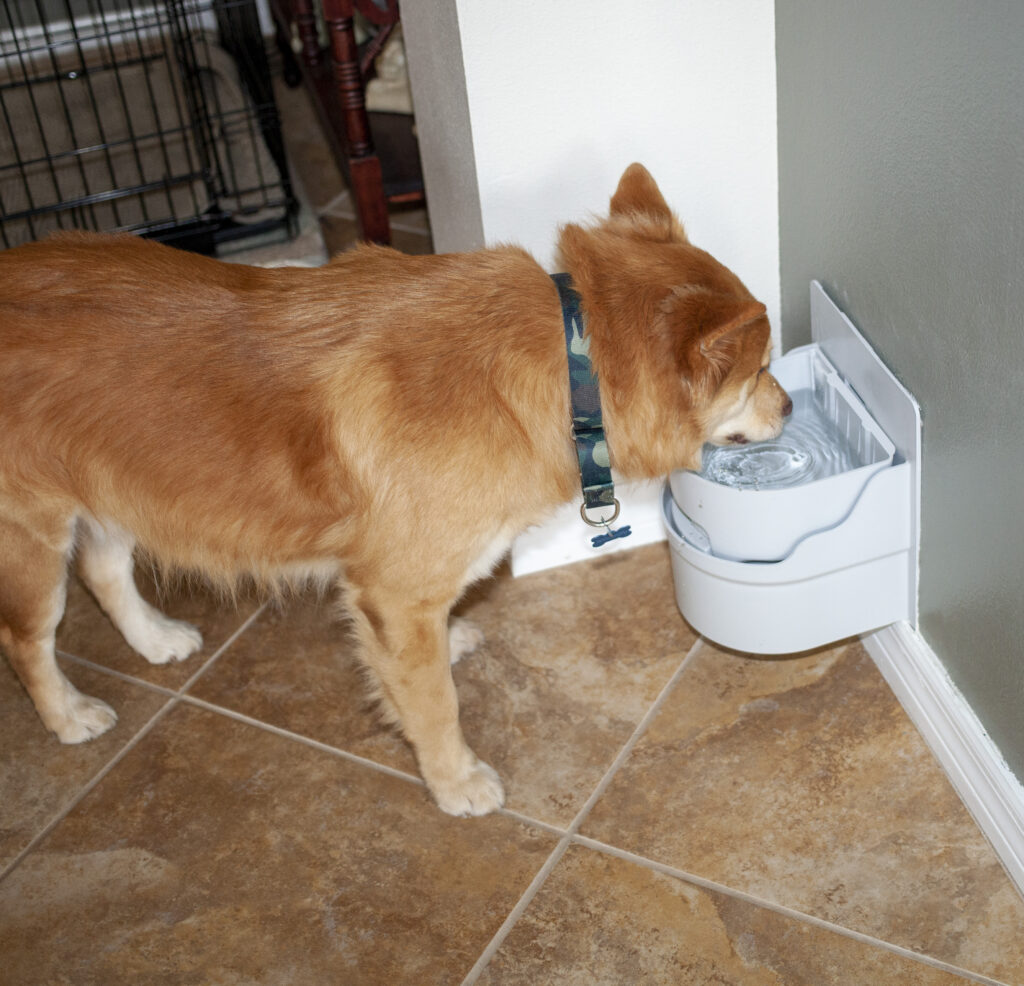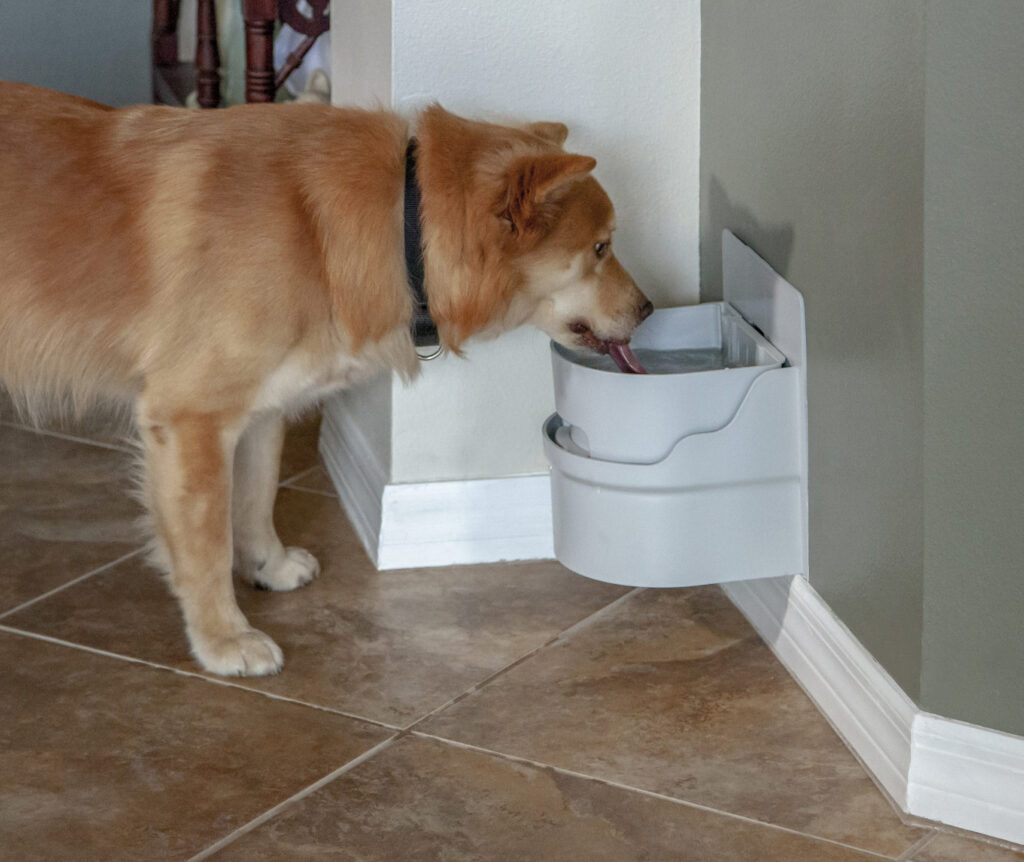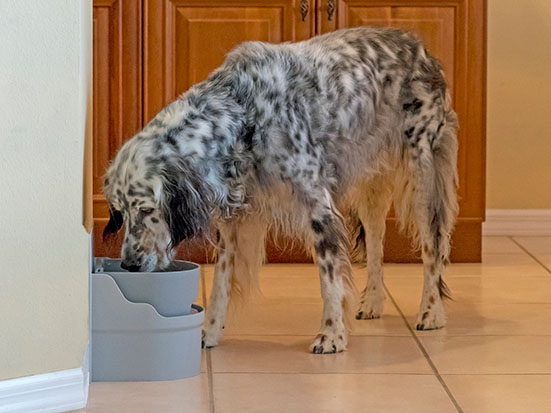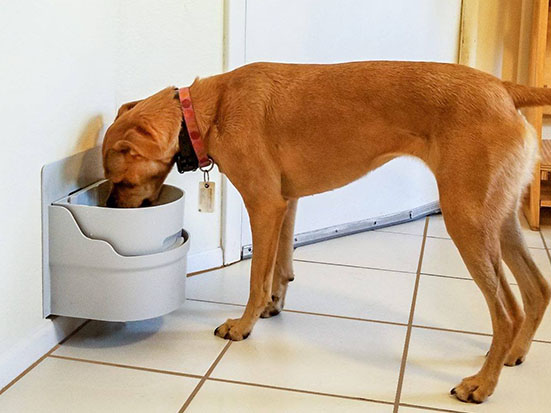Water is essential for your pet’s health, just like it is for you. Unfortunately, many pet owners don’t realize their furry companions might not be getting enough hydration. Dehydration can lead to serious health issues such as kidney problems, urinary tract infections, and digestive disturbances.
Here are 5 common signs that your pet might be dehydrated—and how to solve it.
1. Dry Nose and Gums
A healthy pet should have a moist nose and pink, moist gums. If you notice dryness or stickiness when you touch their gums, this could be a warning sign of dehydration.
2. Lethargy and Fatigue
When pets don’t get enough water, they often become sluggish or unusually tired. If your normally active pet is suddenly napping more or seems disinterested in play, lack of hydration could be the culprit.
3. Sunken Eyes
Dehydration can cause a pet’s eyes to appear dull or sunken. This is especially concerning in senior pets or those with underlying health conditions.
4. Loss of Appetite
Just like people, pets often lose interest in food when they’re dehydrated. If your pet is eating less than usual, make sure to check their water intake as part of your assessment.
5. Decreased Skin Elasticity
Gently pinch the skin between your pet’s shoulders. In a well-hydrated pet, the skin should snap back quickly. If it stays tented or returns slowly, it may indicate dehydration.
What to Do About It
- Offer Fresh, Clean Water Frequently: Make sure your pet always has access to fresh water.
- Encourage Hydration with Wet Foods: Add wet food to their diet or even ice cubes in their water bowl.
- Keep Their Environment Cool: Especially in warm months, help them stay cool to reduce water loss.
Invest in an Automatic Water System
One of the best ways to ensure your pet stays hydrated without constant monitoring is to install an automatic watering system like the Perpetual Well. Perpetual Well provides a continuous supply of fresh, filtered water directly connected to your plumbing. Its self-draining feature also prevents stagnant water and overflow, giving your pet the freshest water possible—without extra work for you.




